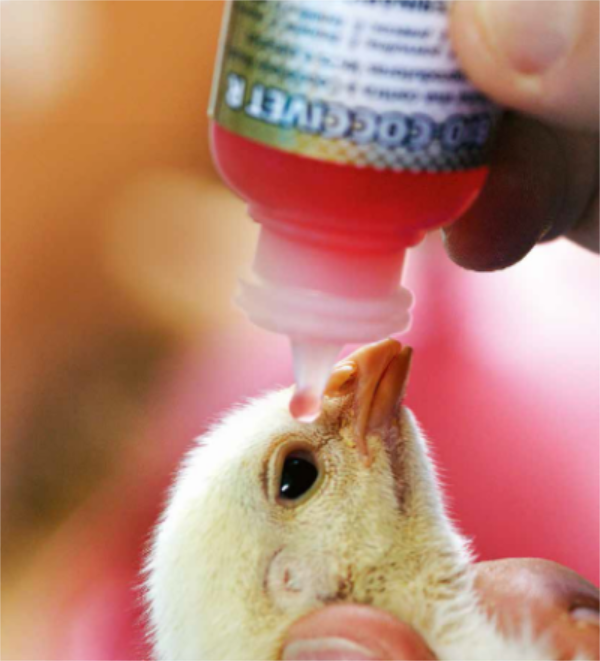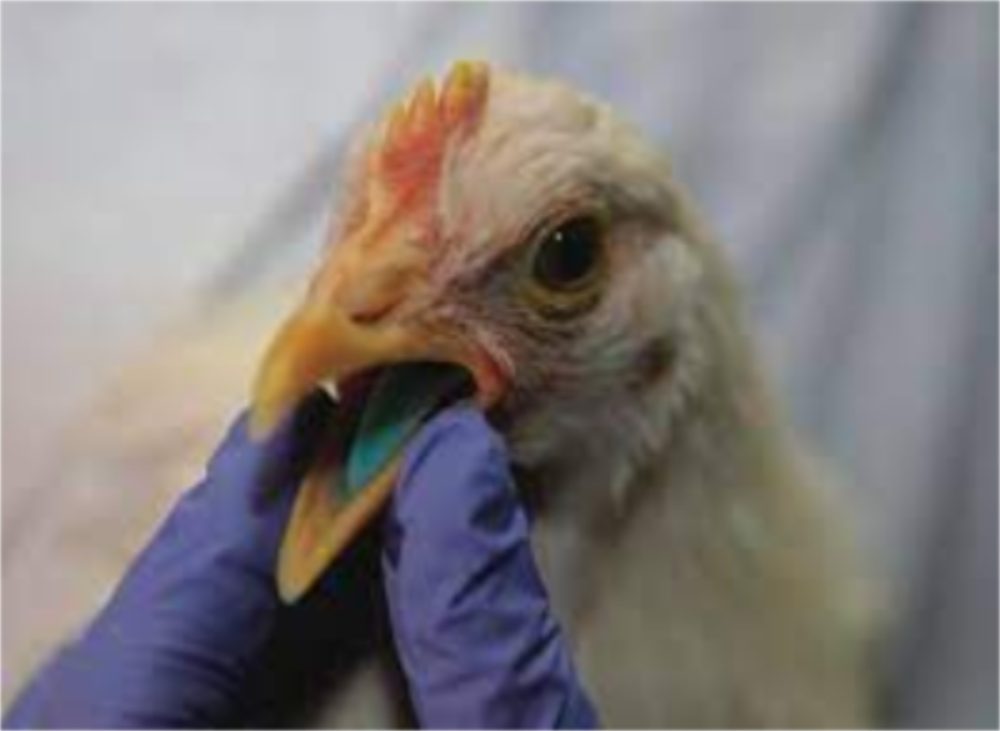Most of the immunizations used for eye drops can be done by spray immunization. Considering the maximization of the immunization effect, most companies usually choose to perform eye drop immunization.
The vaccine passes through the eyeball through Harderian gland. Hader's gland (a type of lymph gland) is one of the important organs for the immune response of chickens
● Preparation before vaccination
The tools needed for eye immunization are not complicated.
An incubator for vaccine and diluent, vaccine and diluent, and dropper/dropper bottle.
But the most important and often overlooked is the calibration of the drip tip
A bottle of 2,000 chickens has immunized 2,500-3,000 chickens. At this time, you should pay attention. Insufficient immunization dose may result in poor immunization quality of chickens, or even immunization failure.
If it doesn't fit, it needs to be trimmed with scissors, and the easiest way is to replace it with a new drip tip!
If the droplet is too large, the vaccine of 2,000 birds will only immunize 1,500 birds, which will invisibly increase the cost of vaccination.
● Perform eye drops
1. When the unused diluted vaccine is stored in the ice box, do not directly touch the ice cubes to avoid the freezing of the diluted vaccine due to the low temperature.
2. Usually, when doing eye drops, not only one type of immunization will be done, and it is necessary to confirm that the vaccine and diluent match when preparing.
3. We all know that the activity of the vaccine will decrease rapidly after the preparation, so it should be used as soon as possible after the preparation
4. To hold the dropper bottle, it is necessary to keep the palm of the hand hollow to avoid contact between the dropper bottle and the palm of the hand. The temperature of the human body accelerates the reduction of the vaccine titer.
5. Be sure to exhaust air before dripping, check whether the drip tip and drip bottle are completely sealed, there is no leakage, and keep the drip bottle upside down when instilling.
6. Don't put the chicken down in a hurry, let the chicken blink to ensure complete absorption of the vaccine
7. Post-immunization inspections, usually after the immunization, managers need to randomly check some chickens to see if their tongues turn blue to determine the effect of the immunization


● After immunization
First of all, it is necessary to harmlessly treat the remaining vaccine bottles after immunization. Disinfectant can be added to the special waste storage bag to ensure that the residual vaccine is completely inactivated. And it is stored in a dedicated container and treated separately from general garbage.
Secondly, a good habit after immunization is to complete the record
Post time: Mar-18-2022



